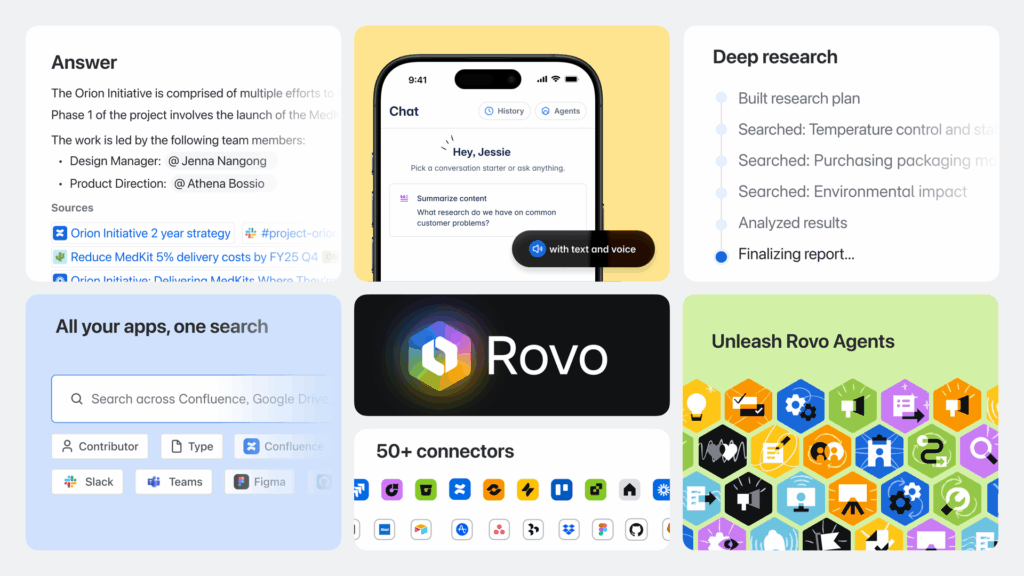It’s a bummer Marvel already did Age of Ultron as the AI narrative would be more compelling than Doomsday.
Proof of Concept #261: Component software: The history of OpenDoc and its relevant concepts today
What Americans get right: air conditioning What Europeans get right: eating a burger with knife and fork
Alien: Earth is, “What if we did The Raid with Aliens but also with Blade Runner-like characters?”
Very few people are talking about the power of using Cursor and Obsidian together. I write and enjoy Obsidian in my day-to-day use, but can also use an IDE to…
Skills are the new currency
Originally posted on Proof of Concept One of the most anticipated sequels during my younger years was The Matrix: Reloaded, the follow-up to the 1999 Keanu Reeves film that had already…
Grocery store was playing “Sweet Child o’ Mine” by Guns N’ Roses; had to do another loop in the aisles to hear Slashes’s guitar solo before leaving.
AI Design at Atlassian: we’re hiring
July 2025 marked my first anniversary joining Atlassian. When I first decided to join the company, people were surprised. Why would someone who has primarily worked at hyper-growth startups join…
All the designers I know from the early mobile design era in the 2000s are now investors, starting companies, or forming studios. The future of Lickable UI and high craft…
I’m so excited for Tron: Ares for the Nine Inch Inch soundtrack! Jared Leto doe… 🙁
